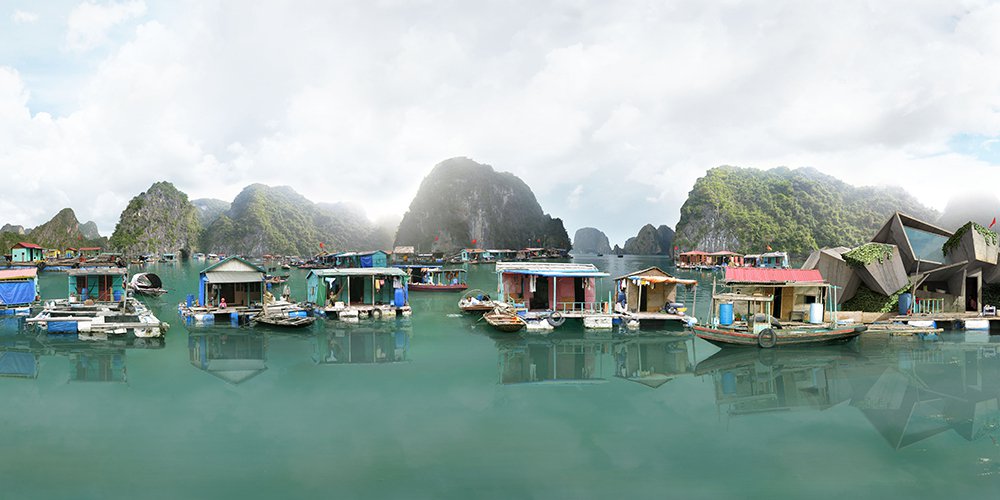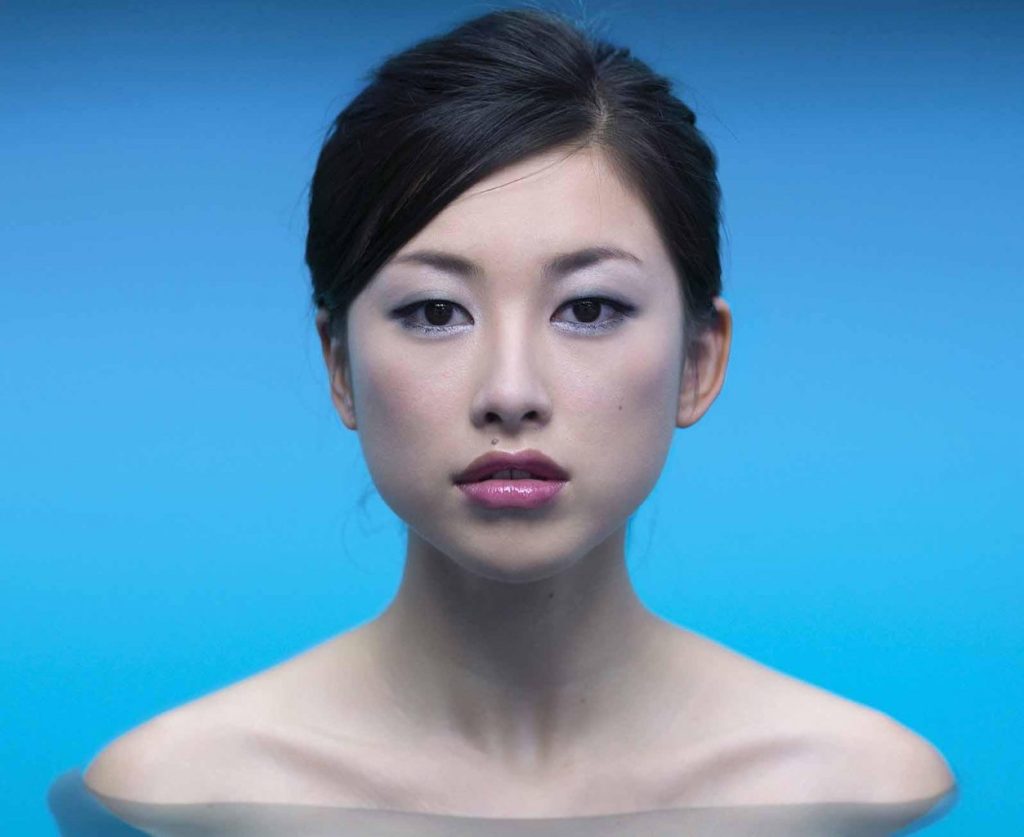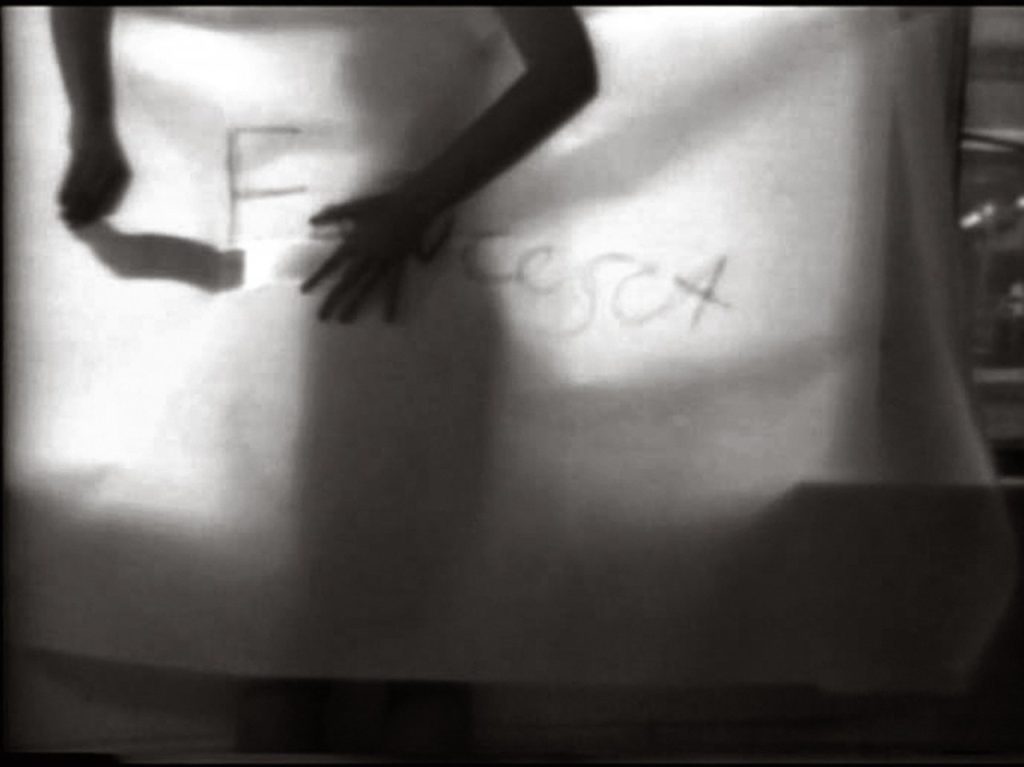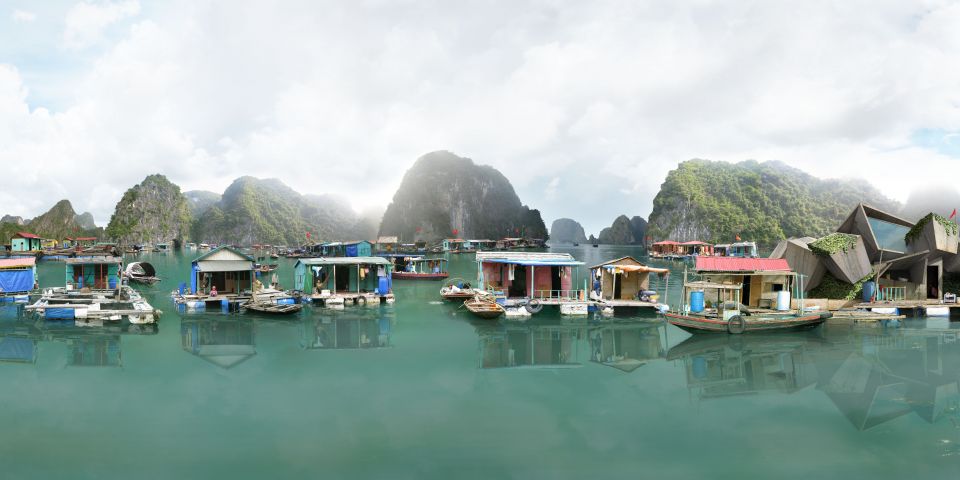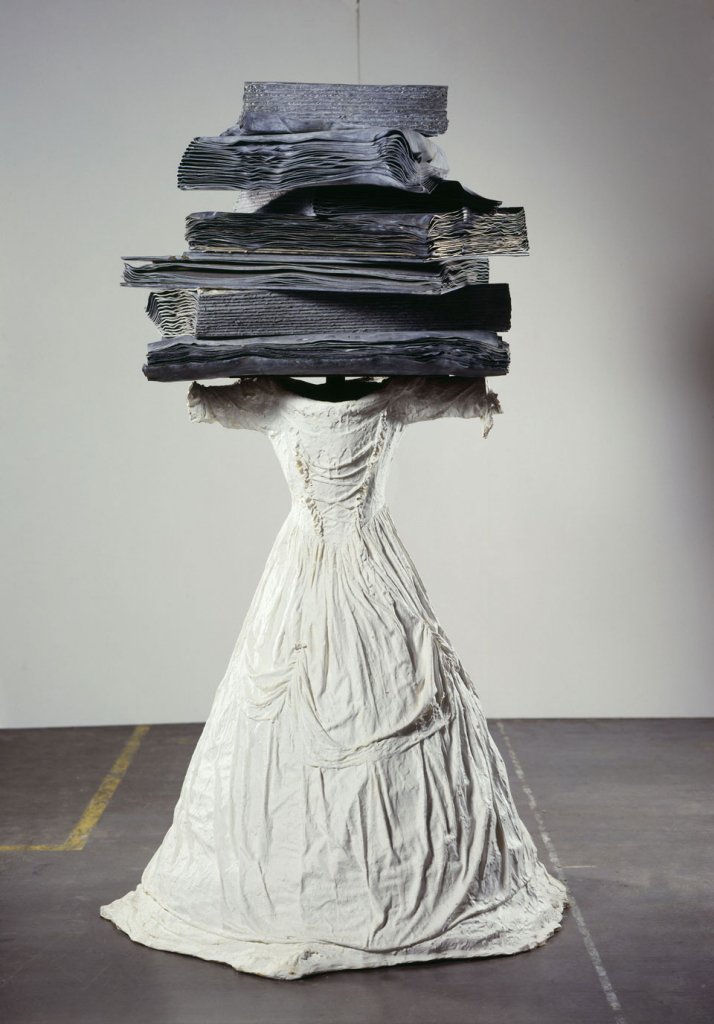
- Artist:
- Alfredo Jaar
- Date:
- 1996
- Technique:
- 5 C-print affixed to plexiglas
- Dimensions:
- 152,4 x 101,6 cm each
- Origin:
- Es Baluard Museu d'Art Contemporani de Palma
- Registration number:
- 625
- Edition:
- 1/3
- Acquisition year:
- 2009
- Exposed:
- No
Images are not innocent in Alfredo Jaar’s mind; each one represents an ideological concept of the world. We all have a commitment to this world and to act within in it, we first have to understand it and the mass media are fundamental for this. Searching for Africa in LIFE (1996) is the result of Jaar’s interest in the communications media, photojournalism, focussing on the coverage of the African continent carried out by the American LIFE magazine from 1936 to 1996, the year
when this work was created.
Using a composition formed by five digital photographs, Jaar covers every one of the magazine’s front covers from those 60 years, a total of 2128 – placed in chronological order – to reflect the scant coverage of Africa by one of the most influential magazines in the world. Five alone refer to the continent but in them only photographs of animals are shown, completely sidestepping the troubles of the population; a criticism of the image of Africa (or the “non-image”) the publication gave to society.
The appropriation of these magazine covers is a formula that Jaar adopts in other significant pieces like (Untitled) Newsweek (1994) and From Time to Time (2006). In this latter work he exposes the three themes on Africa dealt with the most by the Western media: animals, famine and disease.
S.H.
Artist, architect and film director, he lives and works in New York, city where he lives since 1982. A socially committed artist, he denounces the distance between developed countries and those in Asia, Latin America and especially Africa on the basis of a more poetic, rather than combative discourse. Attracted to the world of information, he depicts the indifference of the media towards the world’s poorest countries.
Video, sculpture, photography, interventions in public spaces or installations – these are the different media Jaar uses to realize his works inspired by the world, poetry, film… and in this way conceive models of thought, as he himself defines his works. Africa, through projects like The Rwanda Project (produced between 1994 and 2000) and Emergencia (1998), the restrictive immigration policies in European countries such as Finland (One Million Finnish Passports, 1995) and the invisibility of the homeless (Lights in the City, 1999, Montreal) are just some of the subjects Jaar has delved into throughout his long career. Some of his more outstanding public interventions are: A logo for America (1987), which took place in Times Square, New York; Playground (1999), produced in Sant Boi (Barcelona); La geometría de la memoria, an installation linked to the Museo de la Memoria y los Derechos Humanos in Santiago de Chile (2010) or Park of the Laments, a project by the Indianapolis Museum of Art, Indiana, created in 2010.
Jaar has participated in the Venice Biennale in 1986, 2007 and in 2013 (representing Chile), the São Paulo Bienal (1987, 1988), the Biennale of Sydney (1990), and the Documenta of Kassel (1987, 2002). His work has been the subject of a large number of exhibitions in different countries : New Museum of Contemporary Art, (New York, 1992), Whitechapel Gallery (London, 1992), Museum of Contemporary Art of Chicago (1992), Moderna Museet (Stockholm, 1994), Centre d’Art Santa Mònica (Barcelona) and Koldo Mitxelena (San Sebastián), both in 1998, Fundación Telefónica (Santiago de Chile, 2006), Musée des Beaux Arts, (Lausanne, 2007) and Museu d’Art Contemporani de Barcelona (2009), among others.
Awarded the Extremadura Prize for creation (2006) and more recently the National Visual Arts Prize of Chile (2013), his work is present in international public and private collections, such as: Museo de Arte Contemporaneo de Castilla y León (León), Artium de Álava (Vitoria), Museu d’Art Contemporani de Barcelona, Es Baluard Museu d’Art Modern i Contemporani de Palma, Tate (London), Centre Pompidou (Paris), The Art Institute of Chicago, Louisiana Museum of Modern Art (Humlebæk, Denmark), Daros Latinamerica (Zurich, Switzerland), or the Museum of Contemporary Art, Los Angeles.
E.B.

